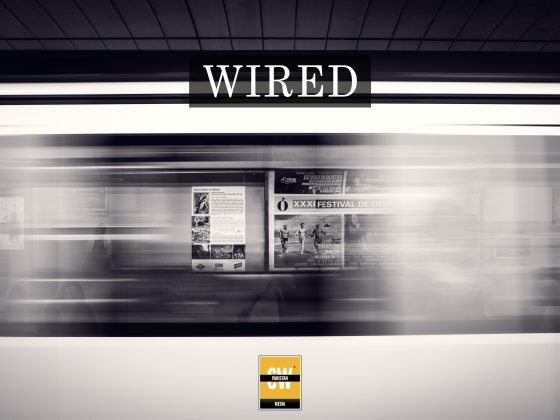BARCELONA — The big themes of Mobile World Congress (MWC) so far center around the internet of things, artificial intelligence and 5G wireless. But you can add in more than 35 new smartphones and a smattering of products and services related to just about anything in wireless communications and mobility.
There are 100,000 visitors at MWC this year and thousands of vendors. There is something, it seems, for everybody.
Major companies like Samsung have mega-booths, but there are some thematic exhibits too, like the GSM Association’s Innovation City, which focuses heavily on smart city-related tech.
AT&T has set up an exhibit also showing off smart city tech, including a light pole equipped with sensors that can communicate to public safety and traffic officials about road, parking and pedestrian conditions. Sensors can also be installed to monitor air pollution, weather or the sound of gunshots.
The nodes are integrated within light poles, almost invisibly, and can work with lighting elements from multiple manufacturers, AT&T said. They are equipped with three cameras and multiple sensors. Data from the nodes can be sent wirelessly over AT&T’s 4G LTE network, or it can be connected to a fiber optic backhaul.
City governments can use existing light poles and power supplies that are then equipped with more energy-efficient LED lighting. Costs savings from energy-efficient lighting can be used to pay for sensors and for the software platform used to aggregate sensor data.

The city of San Diego has a project to equip 3,200 streetlights with LED lighting and sensors, expected to bring a $2.4 million reduction in energy usage annually, AT&T said. Added savings could come from reduced labor costs to maintain the lights and poles.
While energy savings from new lighting might be the initial lure for smart cities, the long-term benefit is expected to come from data from sensors that is shared widely. That way, students, developers and entrepreneurs can access the data to build applications.
“Anybody can access this data,” Gordon said.
Mike Zeto, general manager of AT&T smart cities, said the open data movement made available with such intelligent node technology is what has pumped energy into smart city programs.
“Cities are not dragged along kicking and screaming anymore” to the smart city concept, he said in an interview. “There are cost efficiencies for public safety, the environment and even economic development. You can even add in public Wi-Fi.”
In the coming year and into 2018, many U.S. cities plan to move their smart city pilot projects ahead to the point of commissioning full-scale proposals from technology and infrastructure vendors, Zeto said.
Over at another booth at MWC, Harman announced an early detection and warning system that could be useful to city utilities for monitoring vibrations from water pumps or other mechanical infrastructure.
The Harman Quick Predict system was developed using a vibration analysis algorithm built by Intel and has already been put to use in Intel’s fabrication facilities, said Andrew Till, vice president of technology for Harman. Harman has a 30,000-plus workforce and makes software for connected products used in autos, industrial settings and more. Its brands include JBL and Lexicon.
Till said the Quick Predict system uses machine learning to detect when machine vibrations have reached a point when problems might arise. After an earthquake, for example, the system could be used to assess the health of machines used in factories or utilities that process water or sewer.
This article was originally written by Matt Hamlen for IDG.








